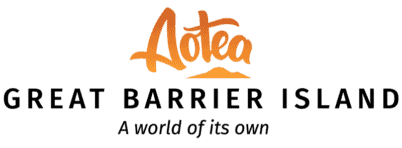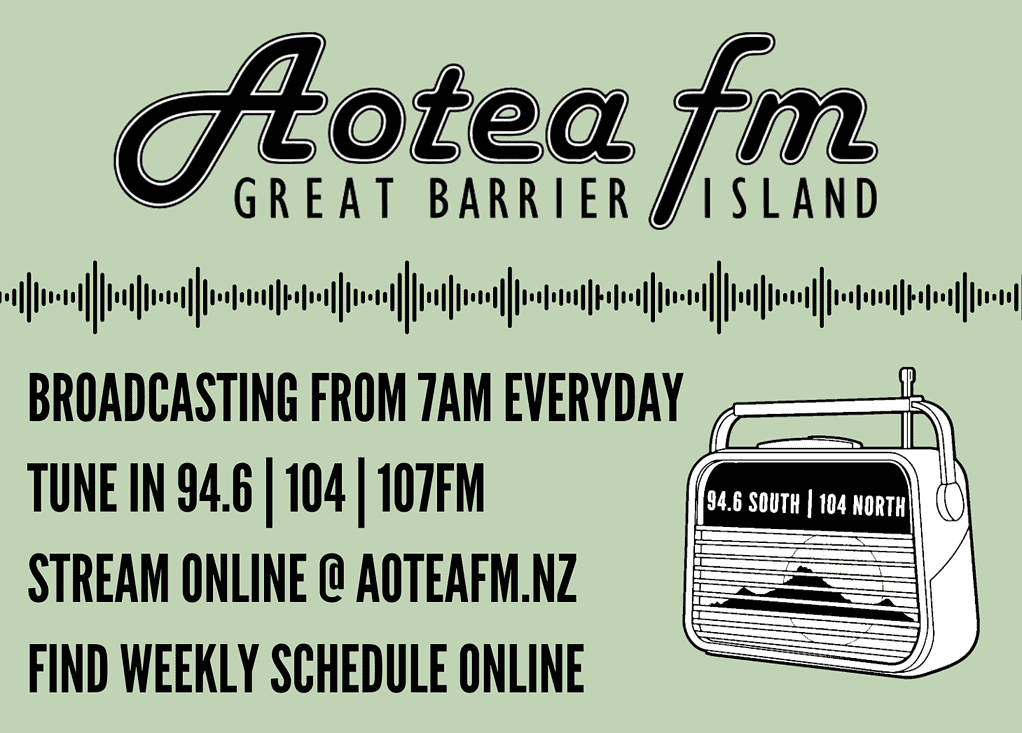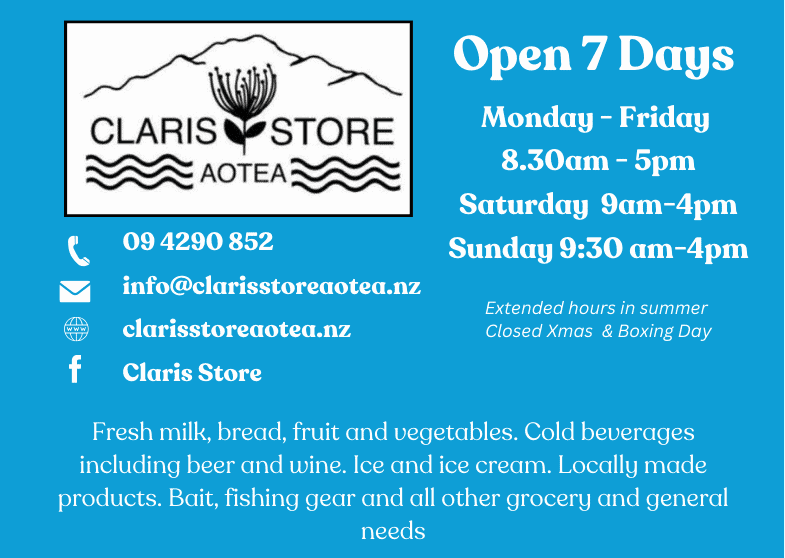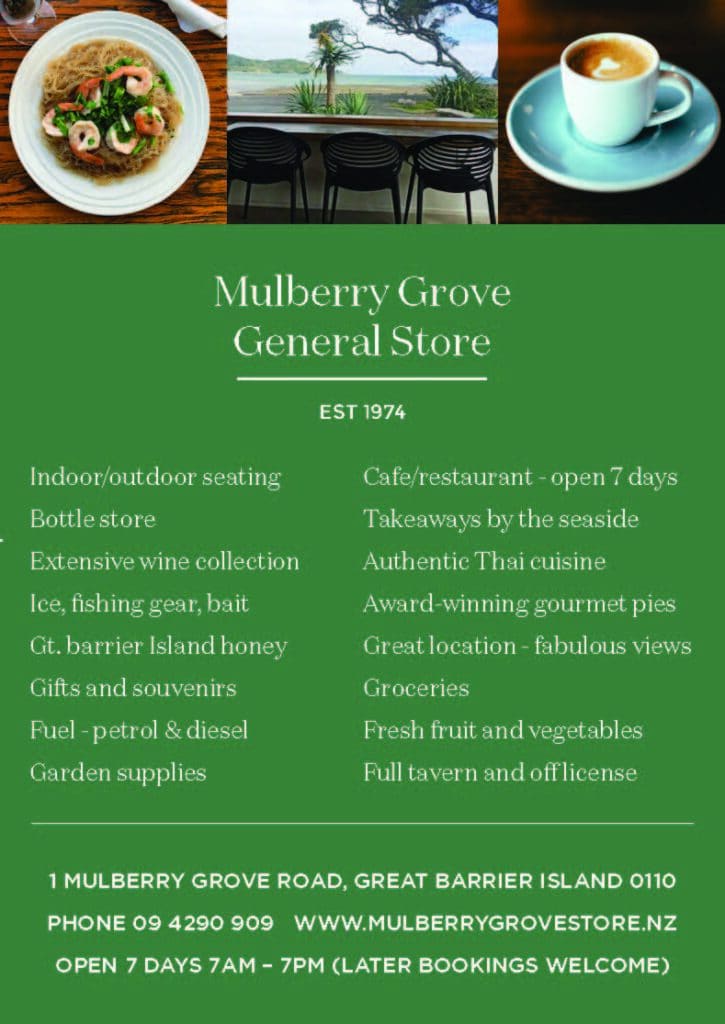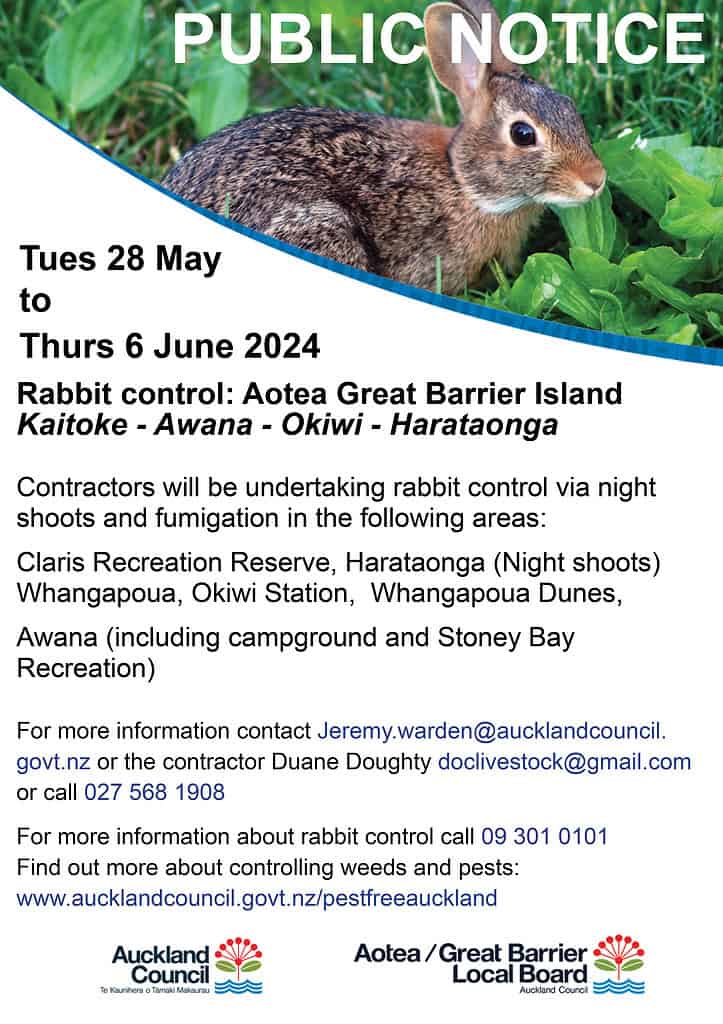Department of Conservation share information about the impact of Mallard Ducks on the native Pāteke, and how to tell them apart.
Pāteke are popular neighbours for many Aotea residents. These cute, feisty ducks are part of our local landscape. However, they face many threats and some threats – such as increased droughts with climate change – are difficult to manage.
One of the risks pāteke face on Aotea is from the introduced mallard duck. Mallards were brought here from England and America and are now the most common duck in Aotearoa –but not on Aotea.
However, mallard numbers appear to be increasing on the island, which is potentially bad for pāteke. The more mallards, the greater the risks of hybridisation, disease and competition for food and habitat.
Hybridisation threatens rare species. Mallards have hybridised with native pārera / grey ducks to the point where grey ducks are now considered nationally vulnerable. Mallards can hybridise with pāteke too – mallard-pāteke hybrids have been recorded in mainland New Zealand.
There is also a risk of large groups of mallards spreading diseases or parasites. In addition, mallards compete with pāteke for some foods.
Hunters will know that Aotea has been a closed game area since 1951 to protect pāteke
from being accidently shot. This means that it is illegal to shoot any ducks, mallards
included, on Aotea without special permission from the Fish and Game Council.
How can you help manage mallards?
It’s simple: do not feed them. Feeding mallard ducks drives population growth and in turn affects our unique pāteke.
How to tell them apart?
Check out our handy comparison


Words and comparison images by Department of Conservation
